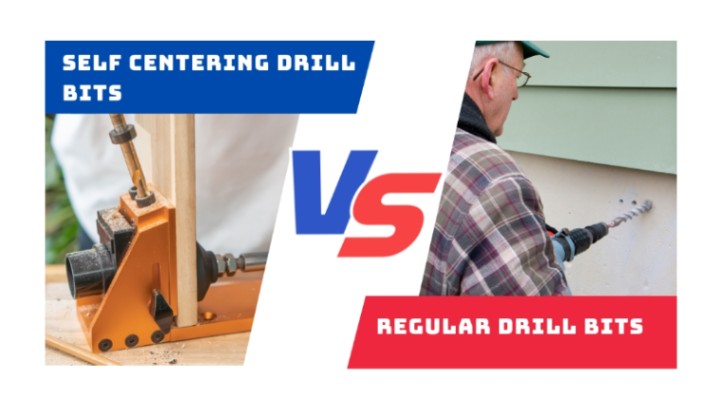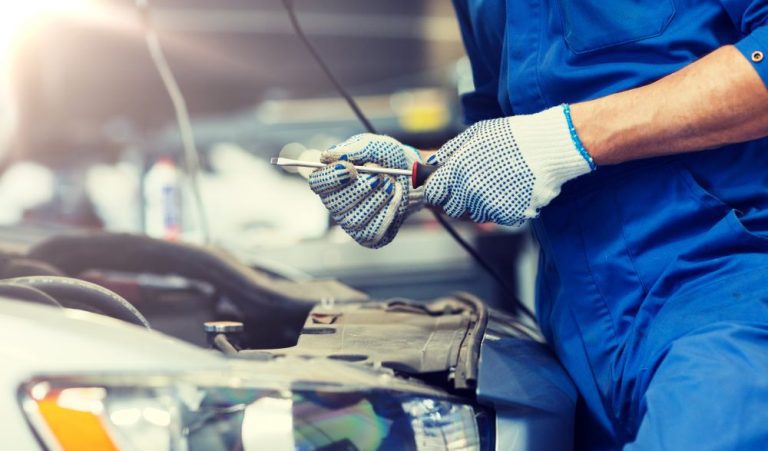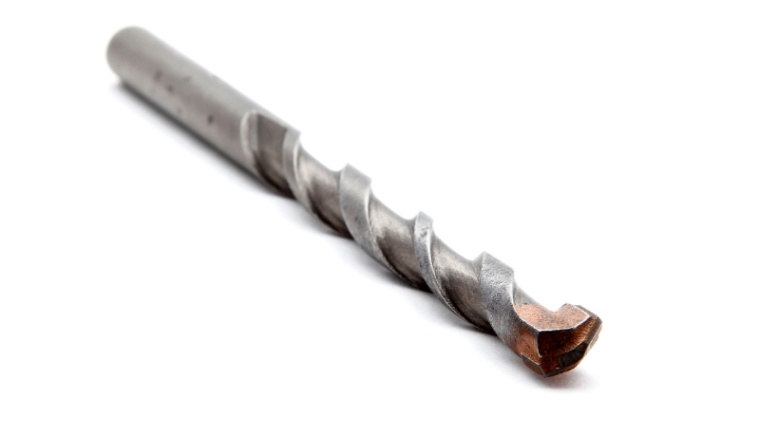When it comes to drilling hardened steel, you need the right technique to achieve success. The process can be challenging, but you can achieve the desired results with the right equipment and knowledge. This article will discuss the top 10 drilling techniques for hardened steel that will help you get the job done quickly and efficiently.
Introduction to Drilling Hardened Steel
Drilling hardened steel is a challenging task that requires specialized equipment and techniques. Hardened steel is a type of steel that has undergone a heat treatment process, making it more rigid and more durable than regular steel. It’s commonly used to manufacture tools, machine parts, and engine components. However, drilling through hardened steel can be difficult, as the material is more resistant to drilling.
What is Hardened Steel?
Hardened steel is a high-carbon steel that has been heat-treated to increase its hardness and strength. It’s commonly used in applications that require resistance to wear and abrasions, such as cutting tools, bearings, and gears. Hardened steel is also more difficult to machine and drill than regular steel, which makes it challenging to work with.
Mastering Hardened Steel: Top 10 Drilling Techniques for Hardened Steel
Use High-Speed Steel (HSS) Drill Bits
High-speed steel drill bits are the most commonly used for drilling hardened steel. These drill bits are made from high-speed steel, a tool that can withstand high temperatures and resist wear and tear. They are available in various sizes and can be used for drilling different types of metal, including hardened steel.
Use Cobalt Drill Bits
Cobalt drill bits are another popular option for drilling hardened steel. These drill bits are made from cobalt steel, a high-performance alloy that can withstand high temperatures and resist wear and tear. Cobalt drill bits are more expensive than HSS but offer better performance and longer life.
Use Carbide Drill Bits
Carbide drill bits are an excellent option for drilling through hardened steel, designed to cut through hard materials. These drill bits are made from tungsten carbide. This complex and brittle material can withstand high temperatures and wear and tear. Carbide drill bits are more expensive than HSS and cobalt but offer superior performance and longer life.
Use a Drill Press
A drill press is a machine that can drill through hardened steel. It’s a stationary tool that holds the workpiece in place and allows you to drill precisely and accurately. Drill presses are available in different sizes and can be used to drill various materials.
Use a Carbide-Tipped Hole Saw
A carbide-tipped hole saw is a specialized tool that can be used to drill through hardened steel. It’s designed to cut through hard materials and produces clean and precise holes. Carbide-tipped hole saws are available in different sizes and can be used to drill various materials.
Use a Center Punch
A center punch is a tool that can make a small indentation on the material’s surface, which helps to guide the drill bit and prevent it from wandering. This is especially important when drilling through hardened steel, as the material is more resistant to drilling.
Use Cutting Oil
Cutting oil is a lubricant that can reduce friction and heat when drilling through hardened steel. It also helps extend the drill bit’s life and improve performance. Cutting oil should be applied to the surface of the material before drilling.
Use a Slow Speed
Drilling through hardened steel requires a slow speed to prevent the drill bit from overheating and losing its cutting edge. Using a slow speed will also help improve the hole’s accuracy and quality. The recommended rate for drilling through hardened steel is 400 to 500 RPM.
Use a Coolant System
A coolant system is a device that can cool the drill bit and workpiece during drilling. It helps to reduce heat buildup and prevent the drill bit from overheating and losing its cutting edge. A coolant system can be a simple spray bottle or a more advanced strategy that uses a pump to circulate coolant.
Use Proper Technique
Proper technique is essential when drilling through hardened steel. The drill bit should be held perpendicular to the workpiece and in constant contact with the surface. The pressure should be applied evenly, and the speed should be slow and steady. It’s also essential to use a steady hand and avoid jerky movements.
Conclusion
Drilling through hardened steel can be challenging, but you can achieve the desired results with the proper technique and equipment. High-speed steel drill bits, cobalt drill bits, and carbide drill bits are all good options for drilling through hardened steel. A drill press, carbide-tipped hole saw, center punch, cutting oil, slow speed, coolant system, and proper technique are all essential for drilling through hardened steel.
FAQs
- Why is drilling through hardened steel difficult?
Drilling through hardened steel is difficult because the material is more resistant to drilling and requires specialized equipment and techniques.
- What are the best drill bits for drilling through hardened steel?
The best drill bits for drilling through hardened steel are high-speed steel drill bits, cobalt drill bits, and carbide drill bits.
- What is a coolant system, and why is it essential when drilling through hardened steel?
A coolant system is a device that can cool the drill bit and workpiece during drilling. It helps to reduce heat buildup and prevent the drill bit from overheating and losing its cutting edge.
- What is the recommended speed for drilling through hardened steel?
The recommended speed for drilling through hardened steel is 400 to 500 RPM.
When drilling through hardened steel, the proper technique involves
- holding the drill bit perpendicular to the workpiece,
- applying pressure evenly,
- using a slow and steady speed, and
- avoiding jerky movements.





